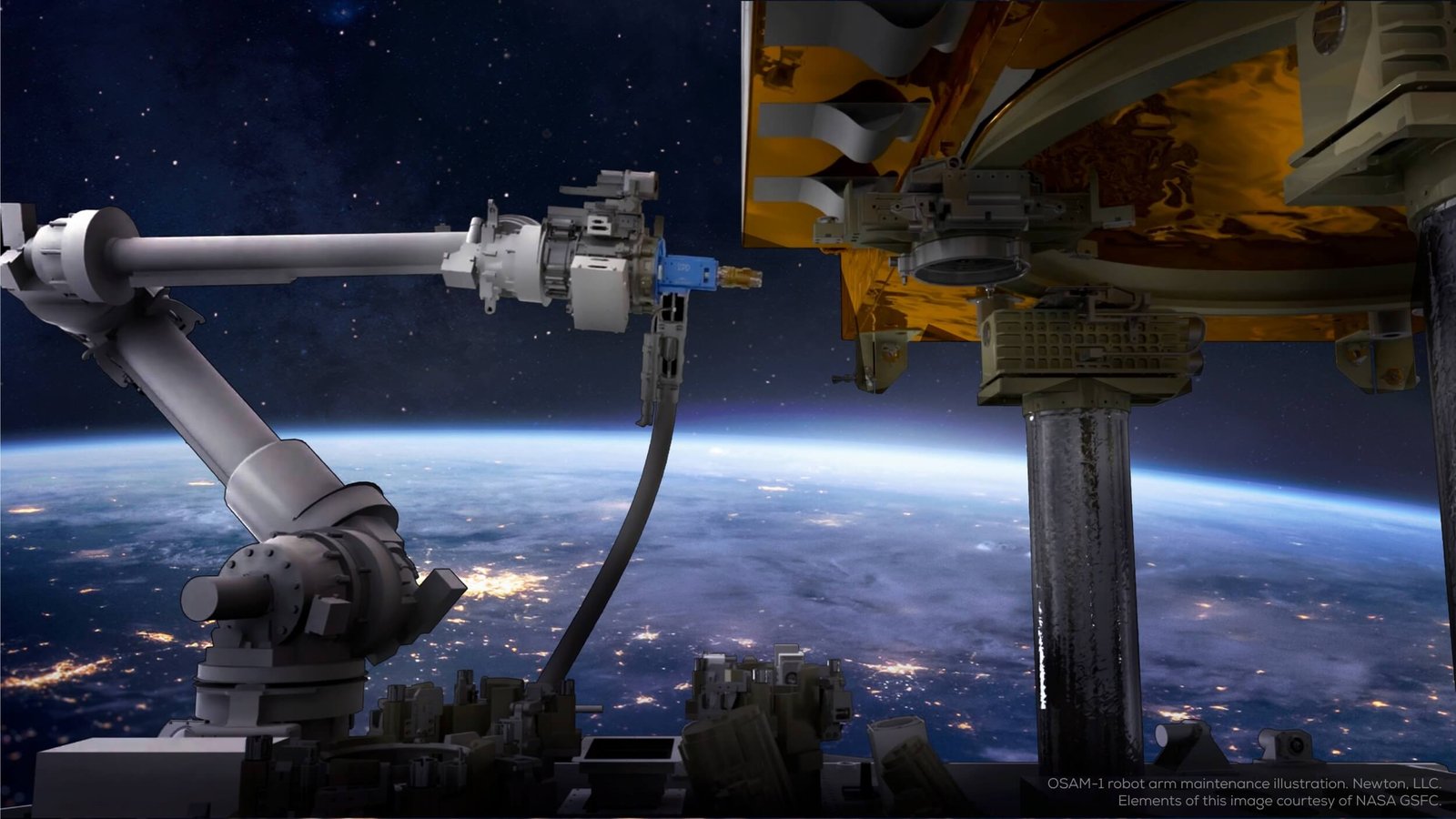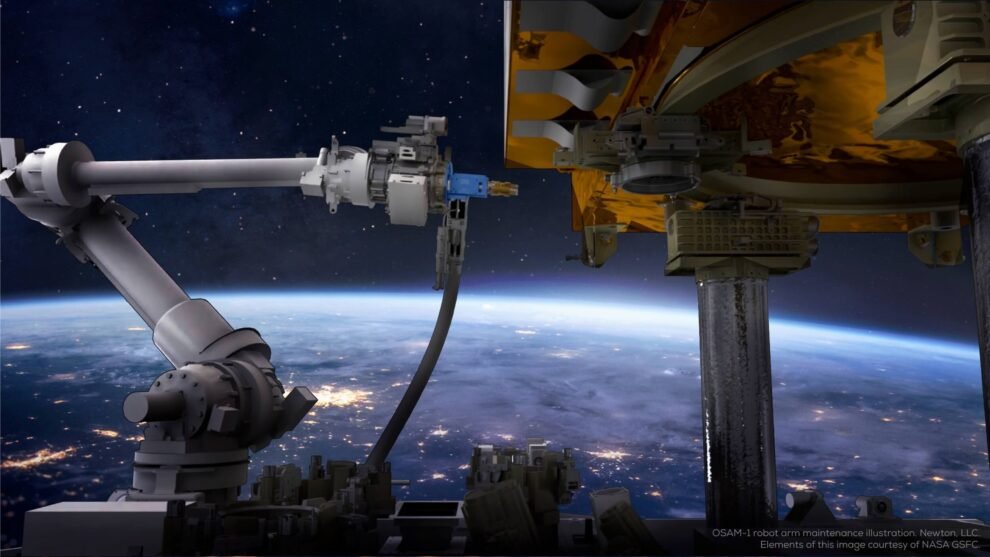NASA has made the decision to discontinue the On-orbit Servicing, Assembly, and Manufacturing 1 (OSAM-1) project, a groundbreaking mission that aimed to demonstrate the feasibility of refueling and repairing satellites in space. This decision was driven by a combination of technical, cost, and schedule challenges, along with a shift in community interest away from refueling unprepared spacecraft, which ultimately resulted in the absence of a committed partner for the mission.
Key Highlights:
- NASA discontinues the OSAM-1 project due to technical, cost, and schedule challenges.
- The mission aimed to robotically refuel and repair satellites not originally designed for servicing.
- Lack of a committed partner and evolving community interests contributed to the cancellation.
- NASA is exploring potential partnerships and alternative uses for the mission’s hardware and technology.

Background and Objectives of OSAM-1
The OSAM-1 mission represented an ambitious effort by NASA to extend the life of satellites by providing maintenance services, including refueling, which could significantly impact the management and longevity of satellite fleets. Developed in collaboration with Maxar Technologies, the mission planned to use robotic arms to refuel a U.S. government satellite, specifically Landsat 7, which was not originally designed to be serviced. Additionally, the mission included the Space Infrastructure Dexterous Robot (SPIDER) payload, aimed at demonstrating in-space assembly and manufacturing capabilities.
The Journey of OSAM-1
Since its inception, OSAM-1 had undergone several critical milestones, including the Critical Design Review (CDR) in April 2021, which paved the way for the construction of the spacecraft. The mission promised to showcase new technologies such as a novel lidar system, a unique propellant transfer system, and robotic arms equipped with multiple tools for various servicing tasks. The ambitious nature of the mission required innovative solutions to challenges such as docking with and refueling satellites that were not designed with servicing in mind.
Challenges and Cancellation
Despite the mission’s potential to revolutionize satellite servicing and the extensive preparation by NASA and its partners, the decision to cancel the project was made after a comprehensive review. The factors leading to this decision included ongoing technical difficulties, increasing costs, and delays in the schedule. Furthermore, as the space community’s interests evolved, the specific need for refueling unprepared spacecraft diminished, contributing to the difficulty in securing a committed partner for the project.
Looking Forward
NASA is committed to minimizing the impact of the cancellation on the workforce involved in the OSAM-1 project at the Goddard Space Flight Center. The agency is also exploring opportunities for leveraging the mission’s developed technologies through potential partnerships and alternative applications. This approach aims to ensure that the investments made in the OSAM-1 project will continue to contribute to the advancement of space technology and exploration.
Conclusion
The cancellation of the OSAM-1 mission marks a significant moment in the ongoing evolution of space exploration and technology development. While the decision to discontinue the project was undoubtedly difficult, it reflects the dynamic nature of space exploration and the need to adapt to changing priorities and challenges. The legacy of OSAM-1, through its developed technologies and the lessons learned during its development, will undoubtedly influence future missions and advancements in the field of satellite servicing and space infrastructure.








